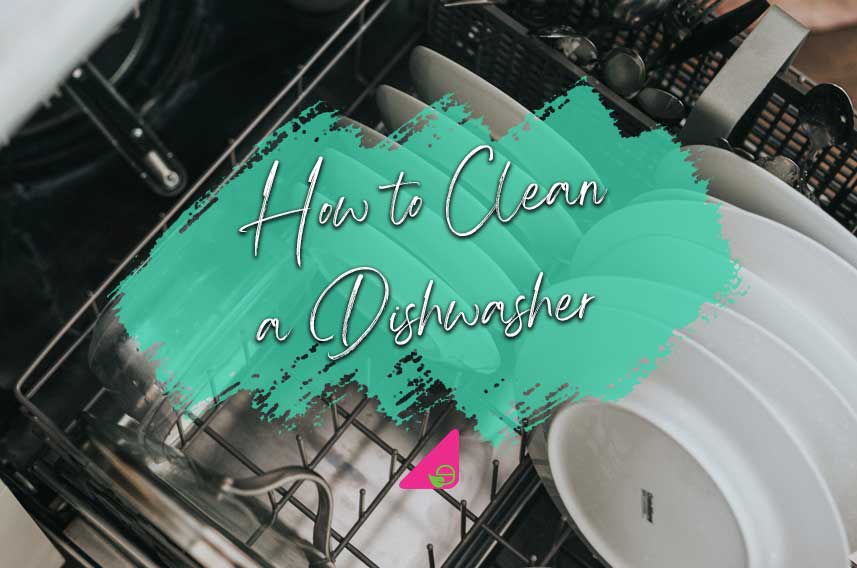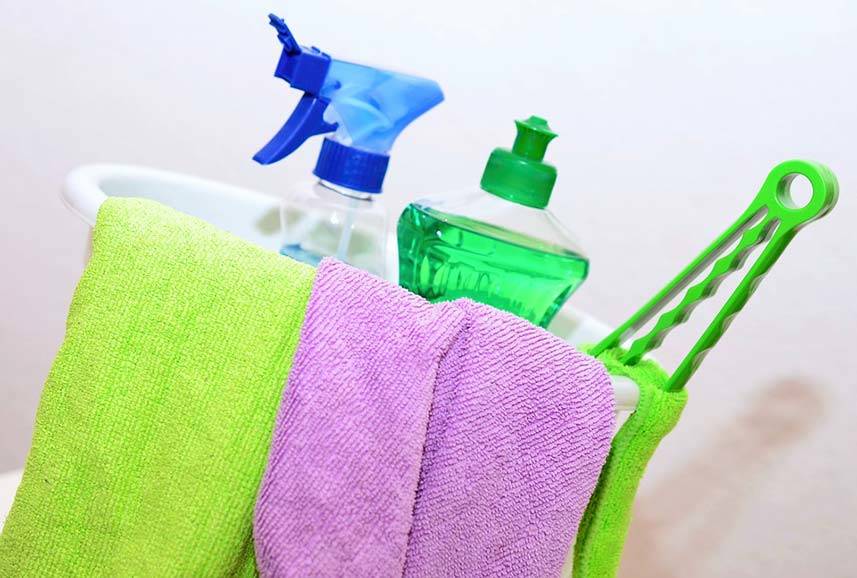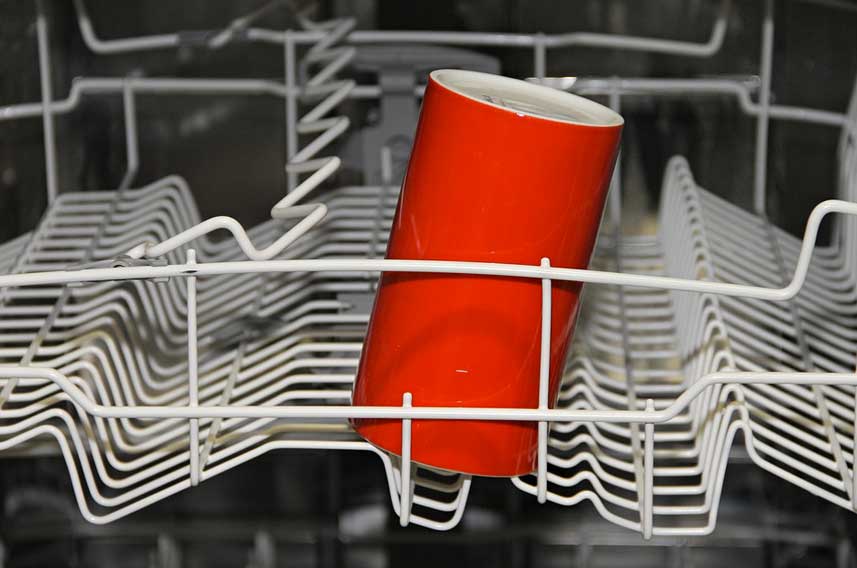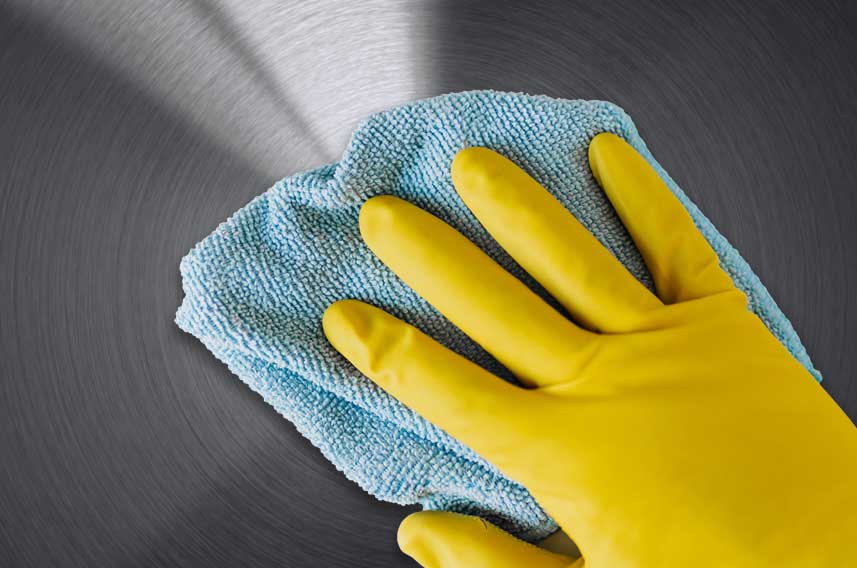Tel: 01474 876800 • Client Portal
- Who We Are
- What We Do
- Build
- Carpentry
- Building Works
- Commercial Flooring
- Commercial Glazing
- Commercial Locksmith
- Commercial Painting & Decorating
- Commercial Plastering
- Commercial Plumbing
- Commercial Refurbishment
- Commercial Roofing
- Design & Construction
- Electrical Installation
- Hard & Soft Landscaping
- Mechanical & Electrical
- Office Builders
- Office Fit Outs
- Office Heating
- Office Partitioning
- Office Relocation
- Site Management
- Maintain
- 24 Hour Helpdesk
- Access Control
- Air Conditioner Repair
- Air Conditioning Servicing
- Commercial Boiler Servicing
- Commercial Electricians
- Commercial Ground Maintenance
- Commercial Pest Control
- Commercial Property Maintenance
- Drain Unblocking
- Emergency Callouts
- Emergency Light Testing
- Facilities Management
- Fire Alarm Testing
- Fire Extinguisher Testing
- Fire Sprinkler Testing
- Fixed Wire Testing
- Handyman Service
- Lift Servicing
- Office Health & Safety
- PAT Testing
- Planned Preventative Maintenance
- Reactive Maintenance
- Roof Maintenance
- TMV Maintenance
- Water Hygiene
- Clean
- Build
- How We Do It
- Why Use Us
- Contact

How to Clean a Dishwasher
While your dishwasher is washing the dishes, you might think that it is getting a good cleaning itself.
However this is absolutely not the case.
Even if you do your best to remove bits of food and grease, there will still be a great deal of water minerals, residue and undissolved detergent that will build up on the dishwasher’s walls and filter.
Spray arms can easily get clogged too.
Hence it is very important to know how to clean your dishwasher properly on a regular basis.
Table of Contents
How Often Should You Clean a Dishwasher?
One of the most commonly asked questions when discussing this topic is how often a dishwasher needs to be cleaned.
The answer varies depending on how much you use it.
The more cycles you run, the more often your dishwasher should be cleaned.
As a general rule of thumb, if you run a load daily, you should do the following:
- Remove any visible bits of food from the filter and from the bottom of the dishwasher after the load is completed.
- Wipe down the door edges and gasket to remove debris at least once a week.
- Remove and clean the dishwasher’s filter ideally once a week.
- The exterior and edges should be wiped often, while the interior of drips and the film should also be cleaned whenever you notice that there is residue that can be removed.
- Give a deep clean to the interior by applying the cleaning cycle at least once a month.
Tools & Materials

In order to clean your dishwasher properly you will need to gather the following cleaning products and tools:
- Warm water
- Baking soda
- Distilled white vinegar
- Microfibre cloth or sponge
- Soft bristle brush
- Toothbrush
- Toothpicks
- Dishwasher-safe bowl
- Rubber gloves
How to Clean a Dishwasher

By following the steps below you should give your dishwasher a good cleaning:
Remove Food Debris
Removing food debris is one of the most important things to do when you have a dishwasher.
Many odour problems arise when there’s leftover food caught up inside the dishwasher.
Hence it’s crucial to clean any remaining food debris after a cycle is completed.
Simply pull out the bottom rack and remove leftover food that has fallen there or into the filter.
There might also be food debris stuck to the screen, and sometimes even to the heating element.
Food leftovers can be removed using a paper towel, and doing this task on a daily basis ensures that there’s no considerable buildup that will ultimately lead to odours.
As a side note, it’s also important to mention that the plates, bowls, silverware, and other items you wash in the dishwasher should be wiped before loading them in.
Pre-rinsing should only be done if you do not plan to run a cycle immediately.
Remove & Clean Racks, Strainer & Filter
In the dishwasher there’s a number of removable parts that need to be cleaned well.
These include the racks, strainer, utensil holders and of course, the filter.
Take each of them out carefully.
The bottom rack can be pulled out easily.
The drainage strainer can then be examined.
Place the parts in a basin filled with warm water.
Pour a cup of white distilled vinegar.
Then, let them soak for at least half an hour.
You can use a soft bristle brush to scrub away any residues that are stuck.
Clean Spray Arms
The spray arms will have a considerable amount of debris on them.
You should try to remove both the upper and lower racks to have better access to the spray arms.
Each spray arm will have several small holes which distribute water throughout the dishwasher.
Often these holes are clogged with bits of food.
So to clean them and remove any clogging you can use toothpicks, an old toothbrush or some flexible wire inside.
Wipe them clean, and make sure to reach them properly to remove any lingering food debris stuck to them.
Run Dishwasher on Hottest Cycle
Next, fill a dishwasher-safe bowl with a cup of white vinegar.
Place this in the dishwasher, and set the hot water cycle.
During this cycle the vinegar will work wonders in breaking down any remaining food debris inside the dishwasher, as well as remove any grime, grease and residue effectively.
Run Dishwasher on Regular Cycle with Vinegar
Now follow up with a regular cycle, once again with a bowl filled with white vinegar at the bottom of the dishwasher.
This will help to remove any remaining residues.
Run Dishwasher on Short Cycle with Baking Soda
It’s also a good idea to run the dishwasher on a short cycle, and this time sprinkle a cup of baking soda onto the bottom.
The baking soda will be great in removing stains as well as help to freshen up the dishwasher following the vinegar.
Regularly Wipe Door Grime
It goes without saying to regularly wipe the dishwasher door from the inside as a considerable amount of grime and residue tends to get stuck to it.
The outer part of the door is also to be cleaned regularly.
You may wish to choose a cleaning product that is suitable for your dishwasher’s material, especially if it is made from stainless steel.
Alternatively, simply use some warm soapy water and wipe the door with a microfibre cloth.
Rinse out the cloth and wipe away again to remove any splashes and splatters.
Regularly Clean the Filter
It’s very important to clean the dishwasher’s filter on a regular basis, ideally once a week.
Most filters simply twist off, but in some models you will need to unscrew them.
The filter can then be washed well under hot running water.
Using a toothbrush, you can scrub on the mesh screen and plastic frame of the filter as there are bound to be some particles stuck in the crevices as well as grease.
Rinse again, and if you wish you can also place it in a mixture of warm water and distilled white vinegar and let it soak for half an hour.
Then, it can be rinsed and wiped, and placed back in its place.
Monthly Dishwasher Deep Cleaning
By following the steps above you can give your dishwasher a good monthly cleaning.
This is important as there are bound to be trapped food particles and residues, as well as detergent buildup, which should be removed.
As you can see it is not a difficult cleaning task, and it will ensure that the dishwasher is better smelling and properly sanitised.
Besides, when all residue is gone, the water and soap sprayed during the cycles will be better able to clean your dishes properly.
You can also deep clean the interior with the specialised cleaning cycle on a monthly basis.
Cleaning the Dishwasher Exterior

Unsightly fingerprints and other marks on the dishwasher exterior are common.
Hence, it’s important to clean it often.
While some dishwasher models have fingerprint resistant finishes, many do not, and hence wiping them and polishing them on a regular basis is important.
There are specialised cleaning products which will leave a streak-free shine, but even some dishwashing liquid and white vinegar mixed in warm water will suffice to remove dirt and smudges effectively.
Dip a microfibre cloth in this mixture and wipe the dishwasher’s exterior, making sure you are swiping in the direction of the surface grain.
Then, rinse out the cloth and pass over the exterior again.
You may need to be more persistent on the control panel and handles as there will be more fingerprints there.
Make sure to stay away from abrasive cleaners which could scratch and ruin the exterior.
Conclusion
Making sure that your dishwasher gets a regular clean is important to ensure its longevity.
Besides allowing the dishes to be properly washed, a clean dishwasher will have a longer lifetime and be able to run optimally.
Without sufficient cleaning, dishwashers will regularly break down, leading to expensive repair costs or complete replacement.
Request a Callback
Recent Posts
- 10 Common Saniflo Toilet Troubleshooting Solutions 01th Jul 2025
- Importance of Personal Hygiene at Work 01th Jun 2025
- How to Clean a Toilet Brush 01th May 2025
- How to Clean Painted Walls 01th Apr 2025
- How to Get Oil Stains Out of Carpet 01th Mar 2025
- How to Clean a Fridge and Remove Bad Smells 01th Feb 2025
- How to Get Coffee Stains Out of a Carpet 01th Jan 2025
- How to Clean Gutters Correctly 01th Dec 2024
- What is PAT Testing? 01th Nov 2024
- How to Clean an Oven 01th Oct 2024

